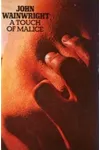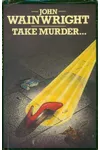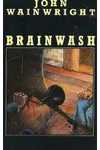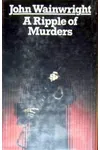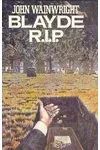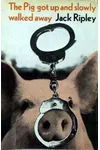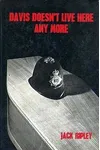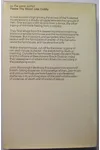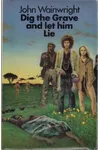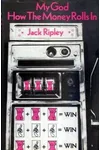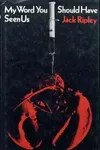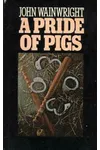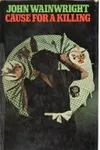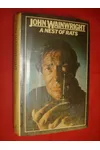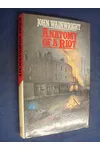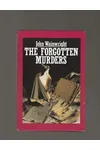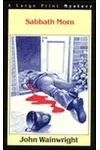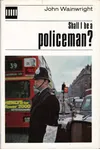Picture a British storyteller who turned gritty police work into gripping crime novels—meet John Wainwright! Born in Leeds in 1921, this former World War II gunner and Yorkshire policeman penned 83 books, weaving his real-life experiences into psychologically rich mysteries. Though not a household name today, Wainwright’s knack for suspense, seen in hits like Brainwash, keeps readers hooked.
From patrolling Yorkshire’s streets to crafting tales that inspired Hollywood films, Wainwright’s journey is as thrilling as his stories. Let’s dive into the life and legacy of this unsung master of crime fiction!
The Making of John Wainwright
John William Wainwright grew up in Hunslet, Leeds, leaving school at 15 to face a world of challenges. He served as a rear gunner in Lancaster bombers during World War II, a high-stakes role that sharpened his knack for detail. After the war, he joined the West Riding Constabulary in 1947, spending two decades as a policeman. While on duty, he earned a law degree through distance learning by 1956, showcasing his grit. Inspired by crime fiction giants like Raymond Chandler and Ed McBain, Wainwright tried his hand at writing, landing his debut novel, Death in a Sleeping City, with Collins Crime Club in 1965.
By 1966, with his writing career taking off, Wainwright left the police force—five years shy of a pension—to become a full-time novelist. His bold leap paid off, fueled by a passion for storytelling and a love for traditional jazz, which often seeped into his work’s rhythm and mood.
John Wainwright’s Unforgettable Stories
Wainwright was a powerhouse, churning out an average of three books a year from 1966 to 1984. His 78 crime novels, four written as Jack Ripley, spanned police procedurals, suspense thrillers, and even spy tales. His standout, Brainwash (1977), a claustrophobic whodunit, inspired the films Garde à vue and Under Suspicion. It’s a masterclass in psychological tension, delving into a suspect’s interrogation with gritty realism drawn from Wainwright’s police days.
Another gem, Cul-de-sac (1984), earned praise from Georges Simenon for its haunting depth, exploring crime’s ripple effects. All on a Summer’s Day (1981) offers a vivid 24-hour snapshot of a northern English police station, echoing Ed McBain’s 87th Precinct series but with a distinctly British flair. Wainwright’s style blended meticulous plotting with flawed, human characters, often laced with dark humor or jazz-infused vibes, as in the black comedy Do Nothin’ till You Hear from Me (1977).
His novels, though varied, shared a knack for authenticity. Wainwright didn’t just write about crime—he’d lived it, giving his stories a raw edge that resonated with readers and critics alike.
Why John Wainwright Matters
Wainwright’s impact lies in his ability to elevate the police procedural with psychological depth and lived experience. His novels captured the gritty reality of law enforcement, influencing the crime genre’s shift toward realism in the late 20th century. While blockbusters like Brainwash reached global screens, his quieter works built a loyal following, especially among fans of British mysteries.
Today, Wainwright’s books are out of print, and his name has faded, but his legacy endures in Leeds Central Library’s archives and the hearts of crime fiction buffs. His prolific output and storytelling craft make him a hidden gem worth rediscovering, proving that great stories can thrive beyond the spotlight.
- Born: February 25, 1921, Hunslet, Leeds
- Key Works: Brainwash, Cul-de-sac, All on a Summer’s Day
- Pseudonym: Jack Ripley (four novels)
- Died: September 19, 1995, Blackpool
Snag a copy of Brainwash or Cul-de-sac and dive into John Wainwright’s thrilling world of crime fiction! Whether you’re a mystery newbie or a seasoned sleuth, his stories promise a pulse-pounding ride.

